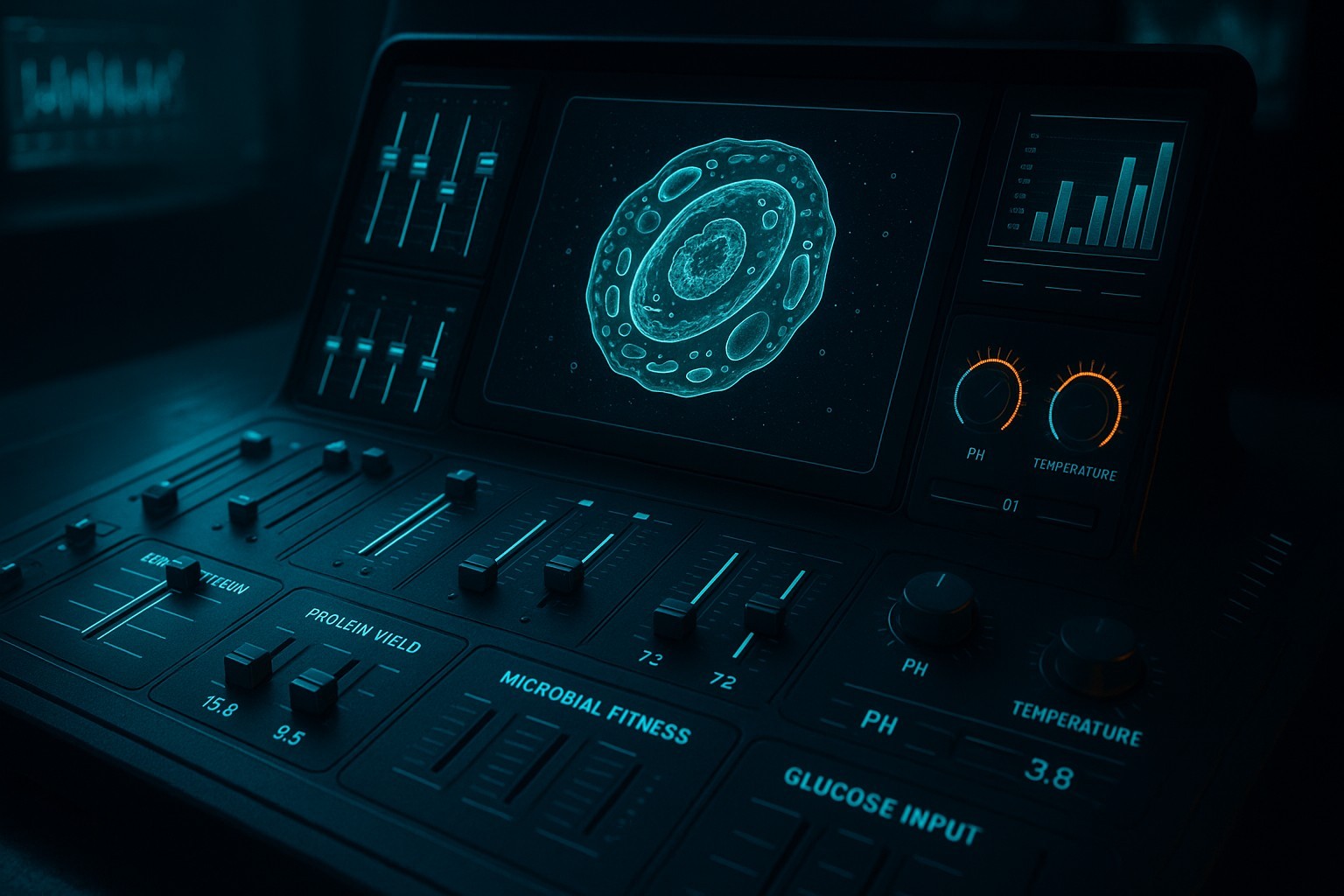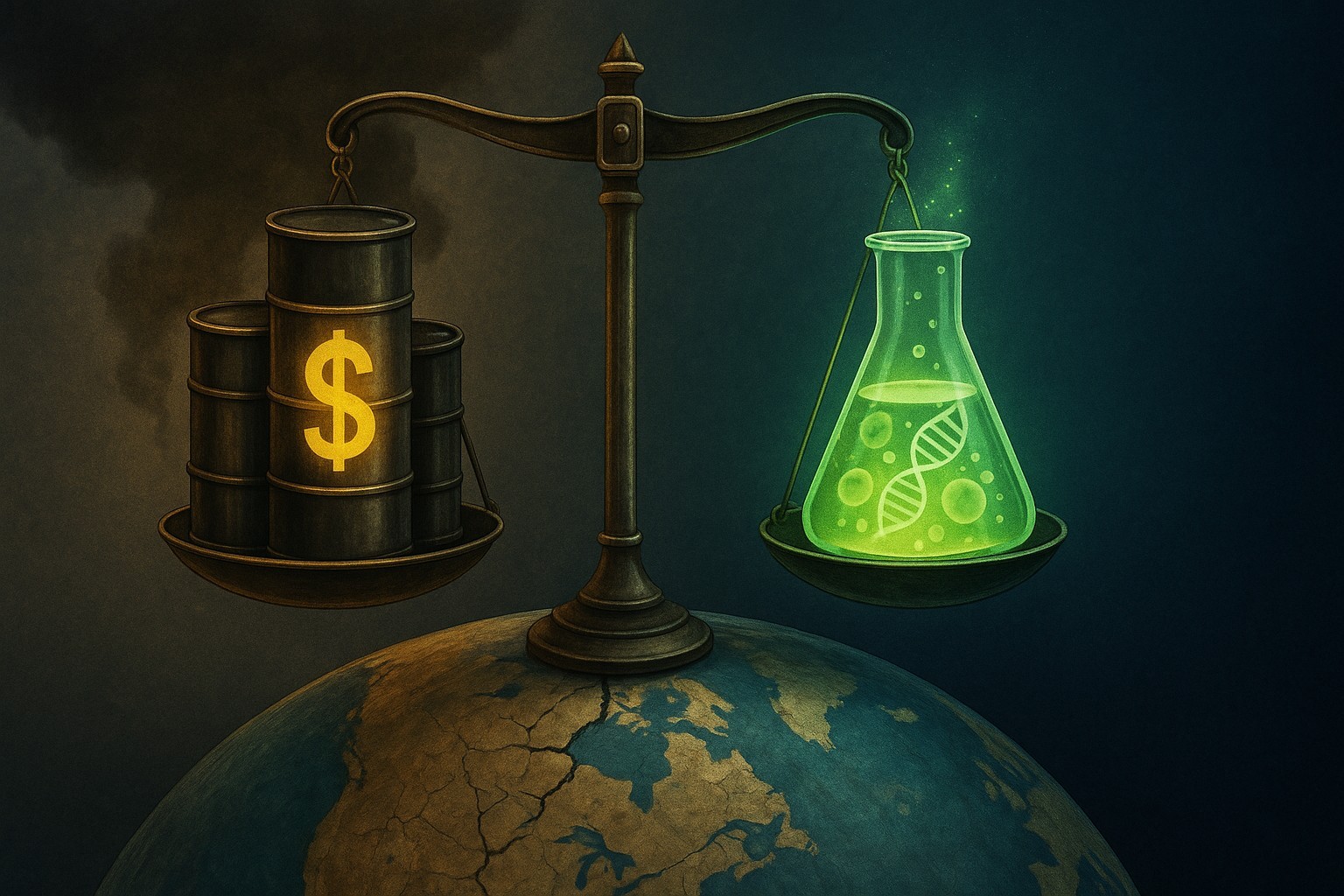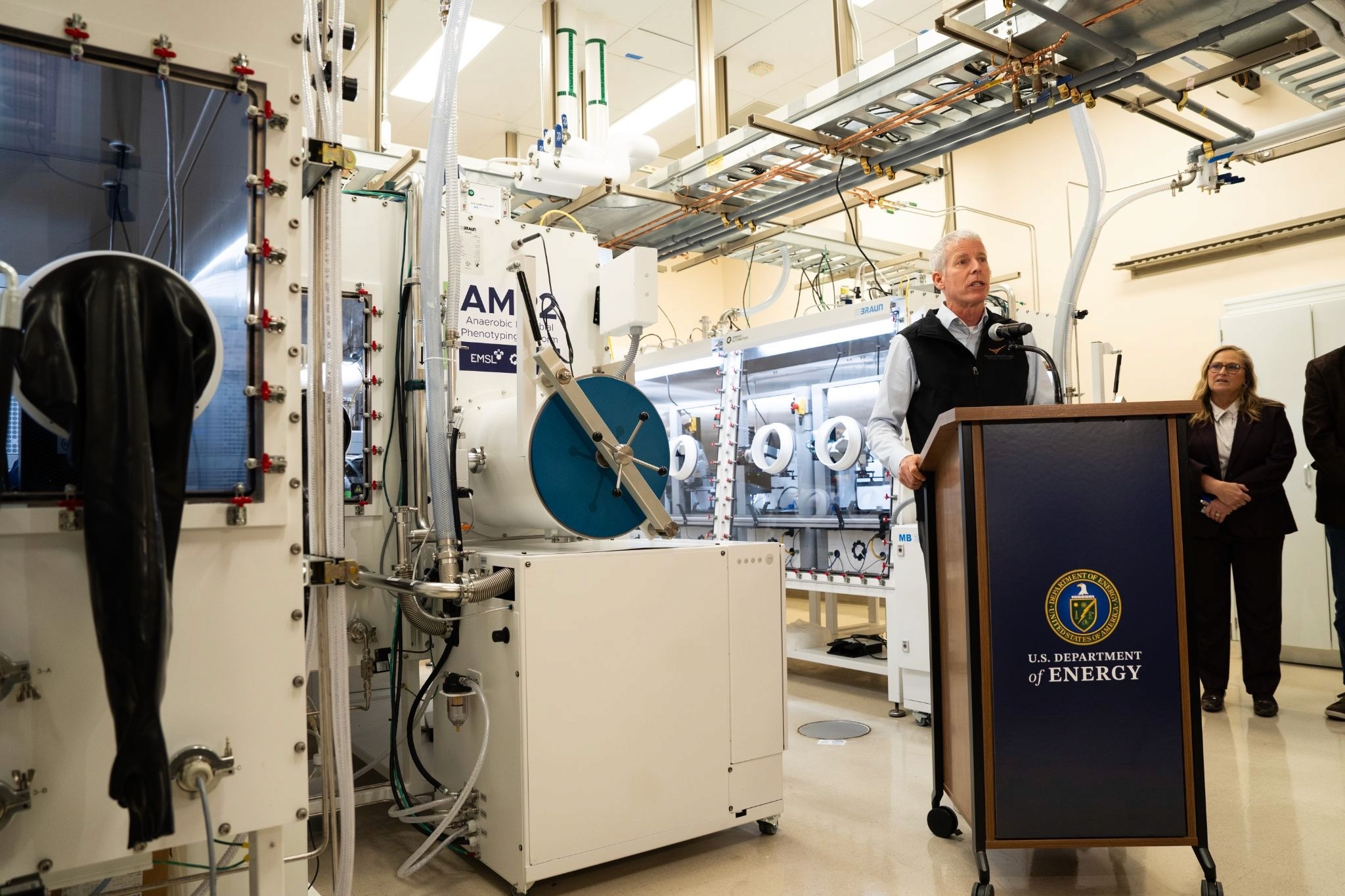Why Synthetic Biology Could Define Our Century
As synthetic biology emerges from a "biotech winter," the race to lead the future hinges on AI innovation and bold policy choices
Apr 30, 2025
[GPT-4o]
Biology is nature's oldest form of engineering. For billions of years, life has been creating intricate, efficient, and elegant systems that humans have only begun to understand, let alone replicate. But now, at the intersection of biology and technology, humanity is entering a revolutionary era—an age defined by synthetic biology. It’s a discipline that seeks not merely to mimic nature but to redesign it from the ground up, building new biological systems and organisms with precision and purpose.
The upcoming SynBioBeta Conference in San Jose this May epitomizes this revolution, gathering influential scientists, industry leaders, and investors to discuss the latest advancements and future directions of synthetic biology. As John Cumbers, founder and CEO of SynBioBeta, describes, "It’s a passionate community of bio geeks who want to make the world a better place with biology."
This article was adapted from a transcript of John’s recent appearance on The Bio Report podcast with Daniel Levine, where he discussed the state of the global bioeconomy and the urgent challenges facing the U.S.
The Promise and Paradox of Synthetic Biology
Despite this exciting premise, synthetic biology stands at a crossroads. On one side lies unprecedented potential, from sustainable agriculture and environmentally friendly manufacturing to breakthroughs in medicine and even novel food sources. On the other side, daunting economic, regulatory, and geopolitical hurdles threaten to stall its progress—or even divert it entirely overseas.
Central to this emerging field’s evolution is artificial intelligence. AI, long the darling of technology futurists, is rapidly becoming indispensable to synthetic biology. Large language models and sophisticated algorithms now analyze vast biological datasets, predicting how new genetic sequences might perform without the need for exhaustive and costly laboratory trials. "AI allows us to feed vast libraries of DNA, RNA, and proteins into these powerful algorithms," explains Cumbers, "enabling us to rapidly design and test new genes and genomes. It’s a massive leap forward."

Still, synthetic biology is far from plug-and-play. "A cell is vastly more complicated than an airplane or a smartphone app," says the SynBioBeta CEO. While AI is dramatically improving design capabilities, engineering living systems remains costly and time-intensive. Biomanufacturing a single molecule can take six months to a year and cost millions of dollars—still a far cry from the reliability and affordability of traditional engineering disciplines.
Navigating the Biotech Winter
This complexity creates a paradox. Even as breakthroughs become more frequent and awe-inspiring—Pivot Bio's engineered microbes replacing synthetic fertilizers, for instance—synthetic biology remains stubbornly expensive. Companies have struggled with scaling their innovations beyond niche products or lab-based proofs of concept.
That gap—between potential and practicality—isn’t just technological. It’s economic. Over the past two years, the synthetic biology sector has weathered what many have called a "biotech winter." Once high-flying companies like Amyris and Ginkgo Bioworks—Wall Street’s former darlings—have seen steep declines. Venture investment in synthetic biology dropped from around $18 billion in 2021 to $10 billion in 2023, before rising again to over $12 billion in 2024. That’s still well above the $7–8 billion levels of 2019, suggesting the field is stabilizing.
“Every industry experiences peaks and valleys,” says John. “What matters now are the green shoots of innovation emerging from the downturn.”
Those green shoots include leaner startups emerging from incubators, new biomanufacturing partnerships, and genuine commercial traction. ZymoChem, for instance, is supplying sustainable materials to lululemon, while also developing super-absorbent polymers for personal hygiene products that could help reduce the massive environmental footprint of disposable diapers. Constructive Bio is advancing the use of non-canonical amino acids to develop next-generation weight-loss drugs, such as GLP-1 inhibitors. And companies like Arzeda—spun out of David Baker’s lab—are already marketing stevia alternatives and other functional ingredients.
These are more than novelty applications; they’re the earliest indicators that synthetic biology is starting to find product-market fit.
Policy and Geopolitical Risks
Still, innovation alone won’t guarantee U.S. leadership. Synthetic biology is increasingly a geopolitical issue. While American startups pioneered much of the field, China is rapidly consolidating its advantage. The bipartisan National Security Commission on Emerging Biotechnology (NSCEB) has issued a dire warning: unless the U.S. invests $15 billion over the next five years, we risk ceding the future of biomanufacturing to our global competitors.
"We are on a knife’s edge," cautions Cumbers. "The decisions we make right now will determine whether America remains at the forefront of this industry or if we cede leadership to China."
Economics and Environmental Accountability
That leadership won’t be secured without confronting a core economic truth: synthetic biology can’t compete fairly with fossil fuels until policy corrects for decades of externalized environmental costs.
"We’ve failed to account for the true cost of fossil fuels," Cumbers argues. Biologically-derived products—from sustainable chemicals to climate-resilient crops—are competing against incumbents that don’t pay for their pollution. Until we adopt comprehensive carbon pricing or incentives for biomanufacturing, many synthetic biology ventures will remain economically disadvantaged.

Over the next decade, we anticipate biomanufacturing to be a significantly larger part of the U.S. bioeconomy. McKinsey has projected that more than 60% of global inputs could be made using biological inputs, but right now we're likely sitting at just 5–10%. That gap represents a massive opportunity not just for innovation, but for impact. With synthetic biology, we have the tools to localize manufacturing, decarbonize our petrochemical economy, and create climate-negative materials and products that could truly redefine what sustainability looks like at scale.
As Cumbers puts it, "We have the Rust Belt and the Bible Belt—now let’s build a Bio Belt: a nationwide network of regional biomanufacturing hubs."
Every major company, from Microsoft to Nestlé to Procter & Gamble, is beginning to see that opportunity. Synthetic biology is no longer a niche—it’s becoming a strategic imperative.
"The question is no longer if synthetic biology will reshape industries," says Cumbers. "It’s how quickly it will happen—and who will lead that transformation."
Educating and Engaging the Public
The SynBioBeta Conference this May serves as a vital checkpoint. Its program highlights synthetic biology’s expanding reach: longevity research, neurotechnology, novel food systems, and AI-designed medicines. Thought leaders like Bryan Johnson, Peter Diamandis, Jason Chin, and representatives from ARPA-H and DARPA are just a few of the names shaping conversations this year.
Yet as transformative as the tech may be, Cumbers stresses that real momentum will come from cultural literacy. He’s spearheading an effort to bring biology education into the mainstream, including a 25-minute Pixar-style animated short that teaches kids the basics of genes and proteins.
"We need to create excitement and understanding around biology akin to the moon landing era," he says. "Bio-literacy could drive a cultural shift, sparking widespread public support for biotechnological advancement."
As we stand at this intersection of possibility and peril, one thing is clear: synthetic biology's trajectory depends heavily on the decisions we make today. The path forward is uncertain, fraught with challenges yet illuminated by hope. Biology’s power, long harnessed by nature alone, is now in our hands. How we wield this remarkable tool will shape not just industries or economies but the very future of our planet.


















